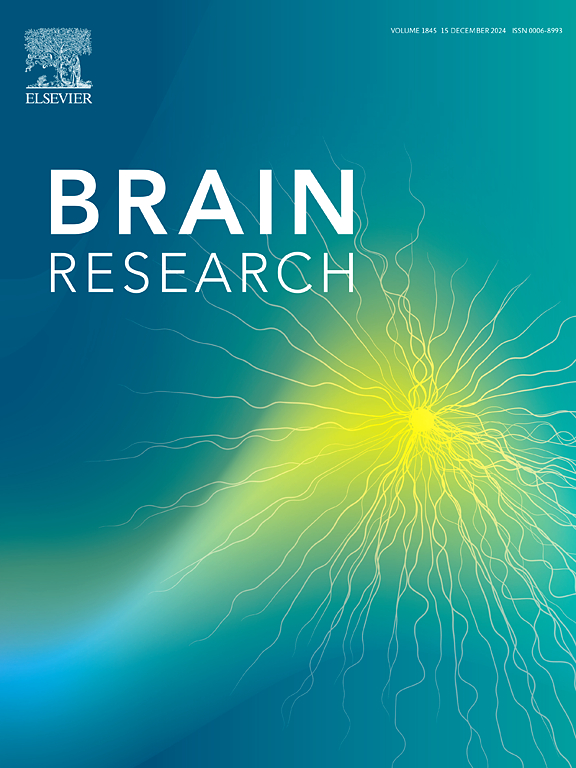Arsenic-induced mice model of Parkinson’s disease: Revealing the neurotoxicity of arsenic through mitochondrial complexes inhibition and dopaminergic neurodegeneration in the substantia nigra region of brain
IF 2.7
4区 医学
Q3 NEUROSCIENCES
引用次数: 0
Abstract
The role of environmental contaminants in causing Parkinson’s disease (PD) is well known, with rotenone and paraquat being the notable neurotoxins. Traces of the metalloid arsenic are frequently found in drinking water which is considered a threat to the brain’s health. Pre-clinical and epidemiological studies have associated arsenic with PD whereby behavioral and neurochemical alterations were observed. However, the impact of arsenic toxicity on the dopaminergic neurons of substantia nigra (SN), the hallmark region which degenerates in PD, has not been shown yet. In the present study, administration of 20 mg/kg b.w., arsenic for 28 days caused significant loss of dopaminergic neurons and their terminals respectively in the SN and striatum regions of mice brain. Moreover, the arsenic-fed rodents exhibited depleted striatal dopamine, prolonged latency to move and correct posture, and reduced exploratory behavior and neurological severity. Further, mitochondrial complexes II and IV were found to be inhibited in the SN, cortex, striatum, and hippocampus of arsenic-fed mice. Additionally, inflammatory marker glial fibrillary acidic protein (GFAP) and neuronal nitric oxide synthase (nNOS) expressed in glial cells and neurons respectively were enhanced in the nigrostriatal pathway of arsenic-fed animals. The present study for the first time reports that arsenic causes Parkinsonism by degenerating nigrostriatal dopaminergic neurons through mitochondrial complex inhibition and inflammatory stress. The study further puts forward validatory evidence for the potential of arsenic in causing PD and the reliability of the arsenic-induced PD model for exploring the disease pathogenesis and treatment.

求助全文
约1分钟内获得全文
求助全文
来源期刊

Brain Research
医学-神经科学
CiteScore
5.90
自引率
3.40%
发文量
268
审稿时长
47 days
期刊介绍:
An international multidisciplinary journal devoted to fundamental research in the brain sciences.
Brain Research publishes papers reporting interdisciplinary investigations of nervous system structure and function that are of general interest to the international community of neuroscientists. As is evident from the journals name, its scope is broad, ranging from cellular and molecular studies through systems neuroscience, cognition and disease. Invited reviews are also published; suggestions for and inquiries about potential reviews are welcomed.
With the appearance of the final issue of the 2011 subscription, Vol. 67/1-2 (24 June 2011), Brain Research Reviews has ceased publication as a distinct journal separate from Brain Research. Review articles accepted for Brain Research are now published in that journal.
 求助内容:
求助内容: 应助结果提醒方式:
应助结果提醒方式:


